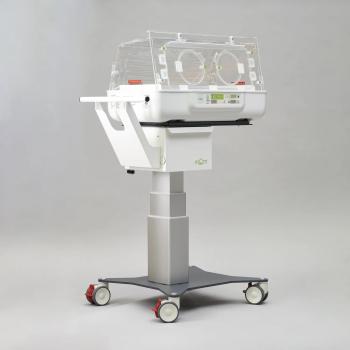
FDA accelerates drug approvals, but then some follow-up trials lag
HHS Inspector General examines process for getting drugs to patients and to market quickly.
Pharmaceutical makers blew past trial completion dates set by the U.S. Food and Drug Administration (FDA) for more than a third of the drug applications in that regulatory agency’s accelerated approval pathway.
The faster approvals can benefit patients facing serious illnesses that don’t have adequate treatments. But once drugs get on the market, the quick approvals can reduce incentives for the makers and patients to test the drugs.
Meanwhile, treatments with no verified clinical benefit end up costing billions of dollars a year, according to a
“In the best-case scenarios, sponsors complete confirmatory trials promptly and provide evidence to verify drugs’ clinical benefits,” the report said. “In those cases, FDA enables patients to access drugs that can help them and Medicare and Medicaid to pay for effective treatments.
“However, for a variety of reasons, sponsors do not always complete trials promptly,” the OIG study said, noting that advances in standards of care and ownership of drug applications are two common challenges.
In the worst examples, four sponsors have gone “significantly” – more than five years – past their original planned trial completion dates, according to findings in “Delays in Confirmatory Trials for Drug Applications Granted FDA’s Accelerated Approval Raise Concerns,” the OIG
FDA responds
Leadrship and staff from FDA’s Center for Drug Evaluation and Research (CDER) appreciate the report and will evaluate the findings to ensure the integrity of the accelerated approval program, said a statement a communications representative there.
“Confirmatory studies must be done in a timely manner,” the CDER statement said.
FDA works with drug sponsors, and will work with Congress, to ensure timely initiation and completion of confirmatory studies. The program also has allowed patients quicker access to drugs that treat cancer, AIDS, and other conditions, the CDER statement said.
“Patients who currently lack adequate treatment options for serious or life-threatening diseases have told us over and over again that they are willing to accept some uncertainty regarding clinical benefit when a new treatment is developed,” the CDER statement said. “In the majority of accelerated approvals, clinical benefit has been verified through the required confirmatory studies.”
How it works
In 1992, FDA began its accelerated approval process for drugs to treat serious or life-threatening diseases, before confirmatory trials of the drugs were finished. Drug makers do not need to show clinical benefits before approvals, but that clinical benefits are reasonably likely. Once approved, the drug sponsors typically conduct trials on a timeline they agree to with FDA, the OIG data snapshot said.
The process gained public attention in 2021, when
But the
Results
Since the FDA’s accelerated pathway began in 1992, there were 278 accelerated approvals through Dec. 31, 2021, and 104 of them have incomplete confirmatory trials, according to OIG.
As of May 5, 2022, under the 104 incomplete applications, 35 had at least one trial past the original planned completion date. They averaged about 20 months past the completion dates.
The four worst were:
- Mafenide acetate (Sulfamylon), a topical antimicrobial treatment for burns, was approved in 1998, and its trial is 140 months past the original planned completion date.
- Midodrine hydrochloride (Protamine), a treatment for postural hypotension, was approved in 1996 and is 85 months past its planned completion date.
- Pralatrexate (Folotyn), a treatment for T-cell lymphoma, was approved in 2009 and is 72 months past its planned completion date.
- Hydroxyprogesterone caproate (Makena), which reduces risk of preterm birth, was approved in 2011 and is 64 months past the planned completion date.
For comparison, the 139 accelerated approvals with completed trials took an average of 48 months from granting accelerated approvals to completion.
Price tag
OIG noted sponsors may submit multiple applications for the same drug for different indications or routes of administration. FDA can require multiple confirmatory trials for an application, so the 35 applications with trials past the original planned completion dates represented 18 drugs – and they aren’t cheap.
From 2018 to 2021, OIG estimated Medicare and Medicaid spent $18 billion for “drugs that have yet to verify a clinical benefit.” The report noted those are conservative estimates, not exact amounts.
The spending included $142 million from Medicare Part D for midodrine hydrochloride (Protamine), and nearly $700 million from Medicaid for hydroxyprogesterone caproate (Makena), which has a hearing scheduled this month. FDA staff cited the latter drug as an example of the lengthy process used to approve a drug, then withdraw its approval, the OIG report said.
Newsletter
Stay informed and empowered with Medical Economics enewsletter, delivering expert insights, financial strategies, practice management tips and technology trends — tailored for today’s physicians.







